A Winter in Southern Europe
It has been awhile since I last posted on this blog, so a quick update here on what we have been doing the past few months. In my last post I discussed how Hurricane Dorian that passed through the Abaco region of the Bahamas on 1-2 September 2019 and destroyed everything in its path. Our sailboat, SATISFACTION a 41-foot Beneteau, which had been hauled out at Green Turtle Cay, was one of the casualties of Hurricane Dorian.
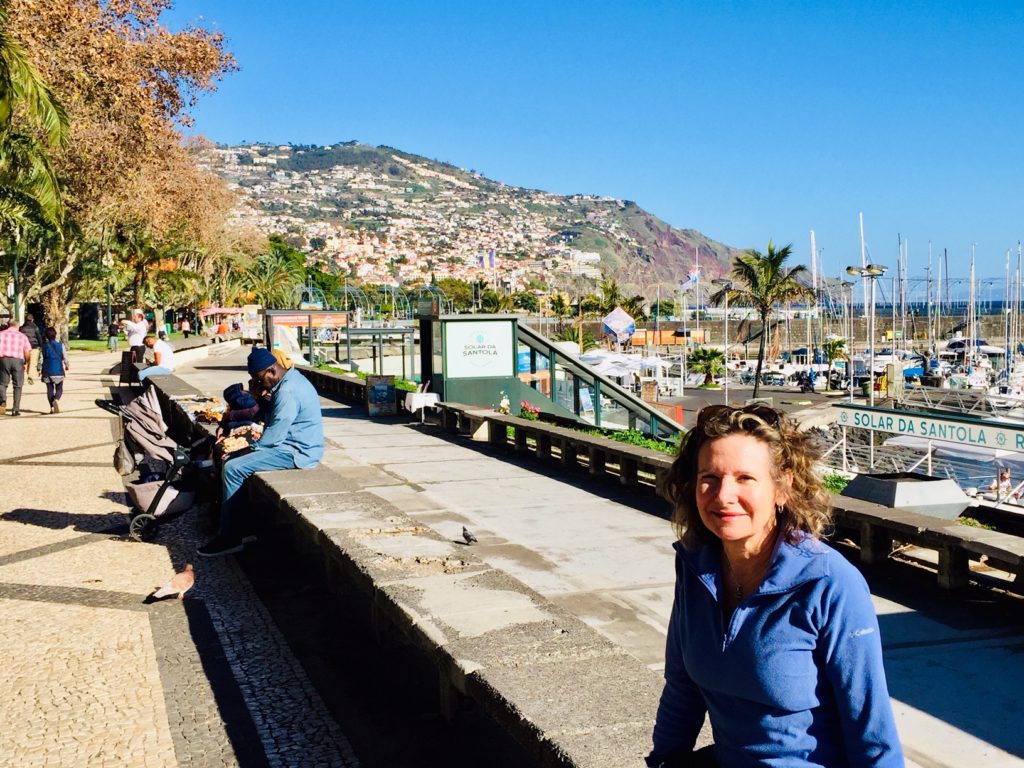
As sad as it was to lose SATISFACTION, the bigger casualty was the damage done to Hope Town on Elbow Cay and all the islands of the Abaco chain. This was our cruising grounds where we hung out all winter with all our cruising friends. Dorian obliterated this network of friends we had developed over the years. Additionally, we were friends with many of the local inhabitants who suffered terrible losses due to Dorian. Their lives have been completely turned upside down. Now we have no boat and there is no tourist housing available in Hope Town at this time, so going back there this past winter was not really an option. So, we had to choose another winter destination for 2019-2020.
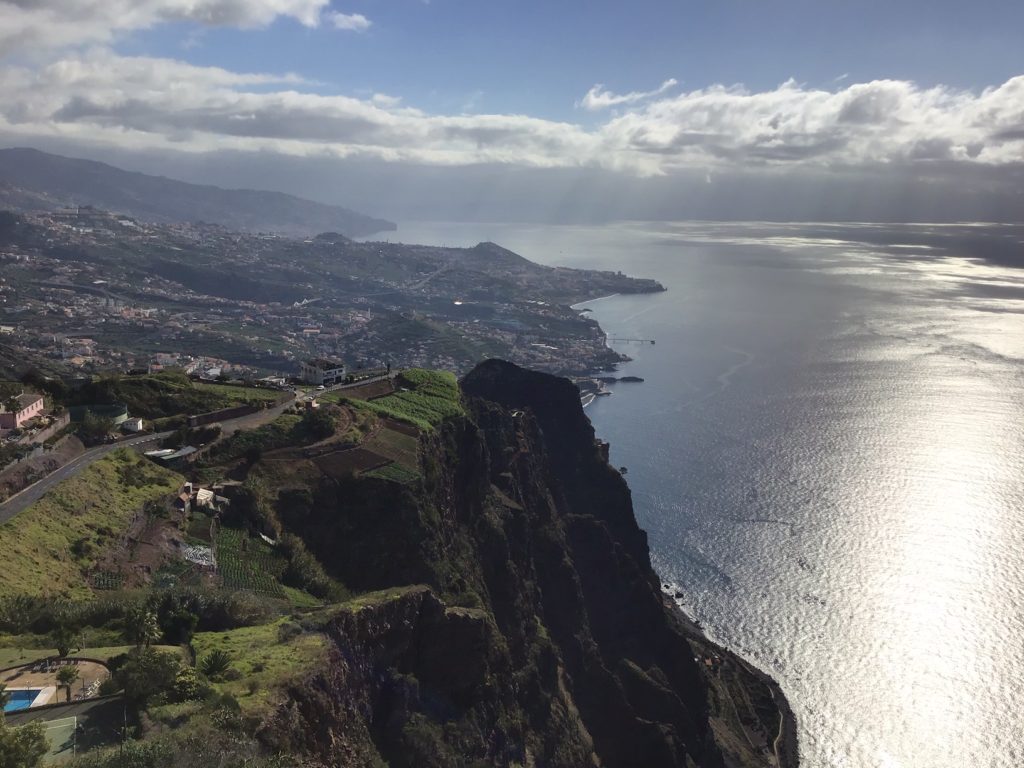
As I mentioned in my last post, we had spent a month last summer in Madeira, a small Portuguese island out in the Atlantic Ocean off the coast of Africa. We enjoyed our time last summer in Madeira, so we rented another apartment there this past January until early March. A couple of other Hope Town hurricane refugees joined us in Madeira so we had friends there as well. I have to say that this Madeira trip was the most enjoyable European trip we have taken yet. There are a few reasons for this.
First, the weather is really great in Madeira, even in January. It is not as warm as the Bahamas or southern Florida, it is more like spring time on the east coast of the US. The average daytime high and nighttime low temperatures in January/February are about 68 and 60 degrees Fahrenheit respectively. It is so temperate; you could eat dinner outside every night and it never rained.
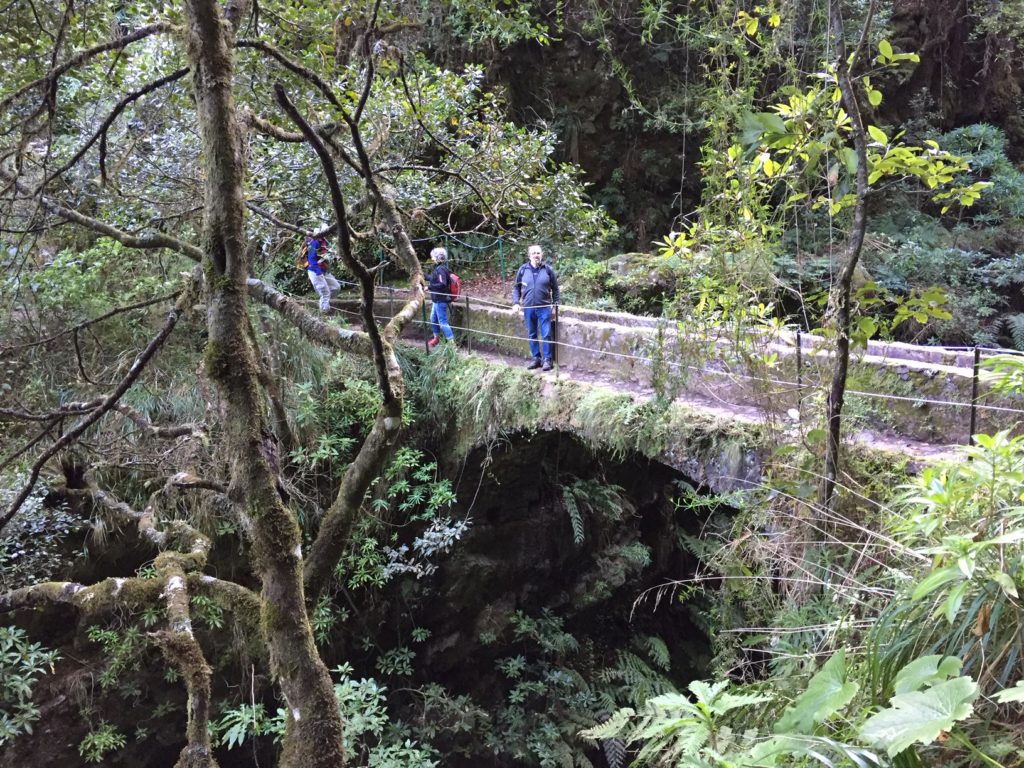
Second, there is a lot to do in Madeira. Madeira is mostly known as a mountain hikers paradise. You can drive about 8 to 10 miles and be up over 5,000 above sea level. From there you can hike and see the most unbelievable water or mountain valley views and then in less than one hour be back in town having a glass of wine and dinner at a nice restaurant. The main town of Funchal is like any other small city in Europe with just as much to do. There is lots of shopping, sightseeing, you can go to the theatre, there are outdoor concerts or outdoor events almost every night. We never ran out of things to do.
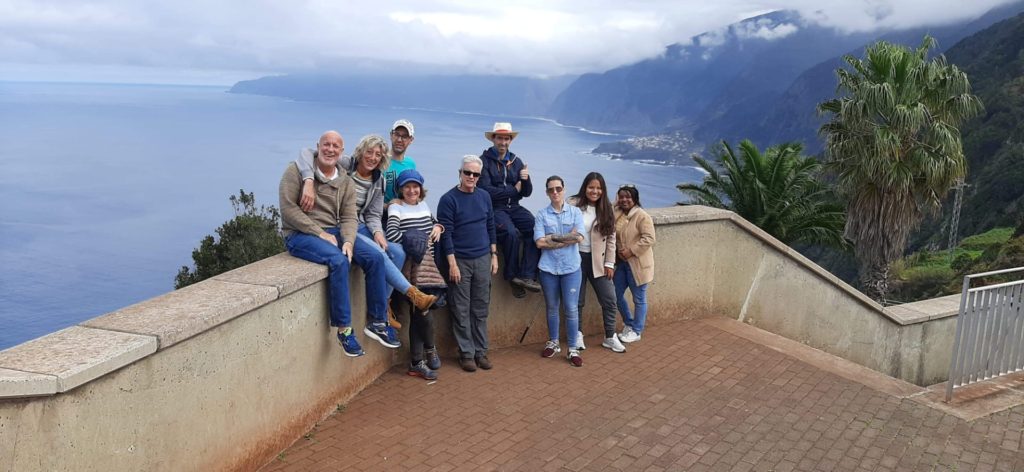
Third, Portugal is a very “Budget-friendly” country. We have been to many places in the Mediterranean area and nothing is cheaper than Portugal, especially given the high standards Portugal has for things like highways, water quality, street cleanliness, trash pickup, in addition to feeling totally safe walking on the streets at any time of day or night. Day-to-day living expenses in Portugal are about 25% less than in a big city in the US such as Atlanta, Ft. Lauderdale, or Dallas.
But, best of all, Madeira has really friendly people. They seem to really like people from North America. I think this is because the people in Madeira rarely meet people from North America. Madeira, as a destination, is just not on the radar screen for people traveling from the US to Europe. Madeirans read a lot about the US in the news, but they hardly ever meet someone from the US. So, I think they enjoy getting to know us just as much as us getting to know them.
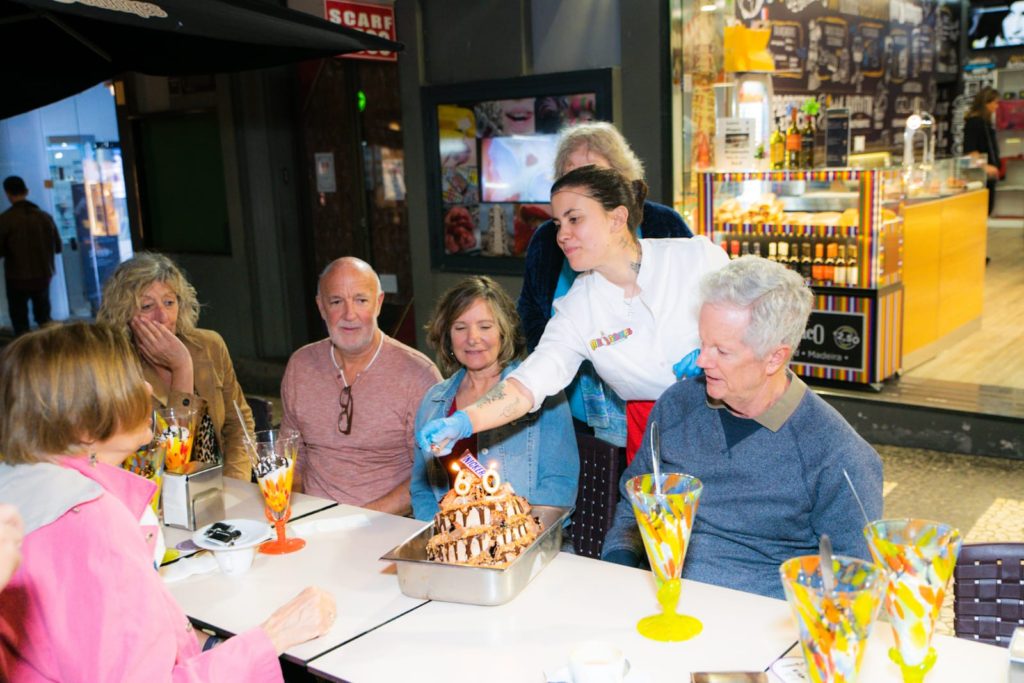
When we travel to Europe, we usually stay in each town for two weeks or so. We make an effort to meet the local people, but staying only two weeks in one spot is not quite long enough to get to know them. We were in Madeira for 2 months this winter. This longer stay and the fact that almost all Portuguese people speak English well, made integrating with the locals much easier. We got to know the waitress at our favorite coffee spot by our apartment. We were on a first name basis with the corner pharmacist, the hairdresser, the chiropractor, my masseuse, and a half-dozen others. But we did not just have business relationships. A couple of them invited us to get together with them on their time off as well. This gave us a chance to really see their culture.
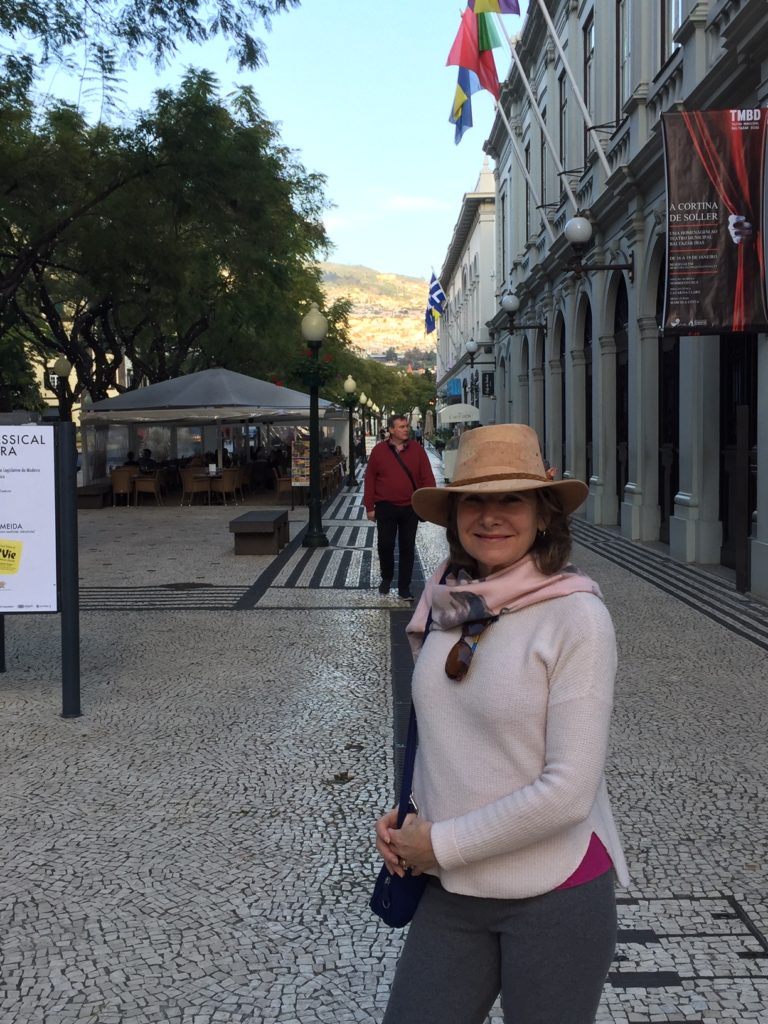
One very noticeable difference in their culture versus the US is that different generations of people of Madeira are much more comfortable spending time together. This could be because Madeira, being a small island, it may be unavoidable. Whatever the reason, on one event a Portuguese friend organized a get together on a Sunday afternoon for an outdoor cook out up in the mountains, Portuguese style. We ate at the restaurant where he works often and became friendly with him so he invited Dena and I to join them for the afternoon.
At first, I thought this a little strange. He was a very friendly guy, but he is a 41-year-old single guy. Why would he want to hang out with us? Dena and I are now both in our early 60s. But we decided to go and offered to bring something. Our friend said only bring something to drink if you do not want to drink Portuguese wine. The event turned out to be a bigger group. Our friend invited seven other people to join us for this cookout bringing the event total to 10 people. The other people attending were in their 20s, 40s, and 50s and none of them were family members or co-workers, just friends from all walks of life. We had a most enjoyable day.
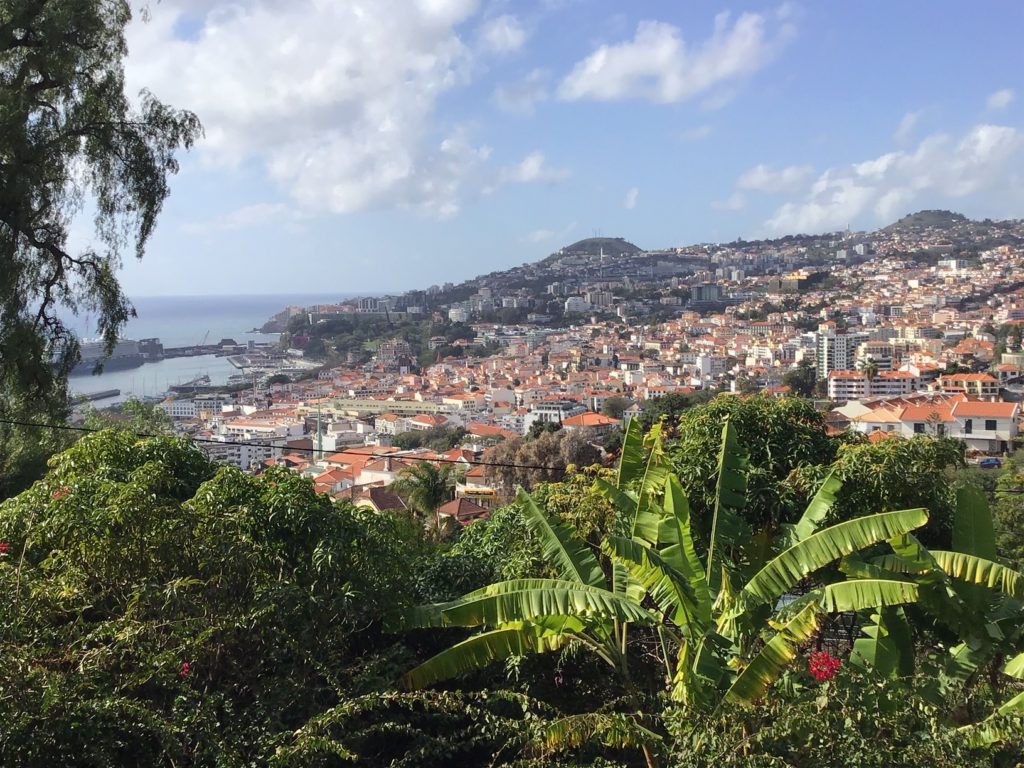
Dena and I talked about it afterwards. In the US, unless they were family members or close family friends, would you ever be able to get people in their 20s, 40s, 50s, and 60s to hang out together on their own time for 6 hours? In our case, not only were we not family or, even close friends with these people, we were from a different country. Maybe this does happen in the US, but I have never experienced it. And, in case you are wondering, no we did not pay for a thing for this cookout. We were invited guests.
When our 2 months was up in Madeira, I have to admit, I was really sad to leave. We spent the next 2 weeks at a couple places in the Algarve area of southern mainland Portugal. The Algarve area is famous for its beaches and they are beautiful, but we did not like the area as much as Madeira. For one thing, Madeira is warmer in the winter months. Also, like many areas of Europe, it seemed like, even in March, everyone in the Algarve was a tourist. The only local Portuguese people worked in the local stores. In Madeira, there are certainly tourists around, but we felt like we were living among the locals. When you go to a café in Madeira, the person sitting at the next table is always a Portuguese person. However, if you like beaches, the Algarve is the place to go in Europe.
The last 10 days of our trip we were supposed to spend a week in Seville, Spain and then fly up to visit some friends in Paris. However, the Corona Virus Pandemic of 2020 changed these plans and we had to fly back to the US about a week early, so, we never made it to Seville, Spain or Paris.
Madeira is a beautiful place. Some more pictures below.
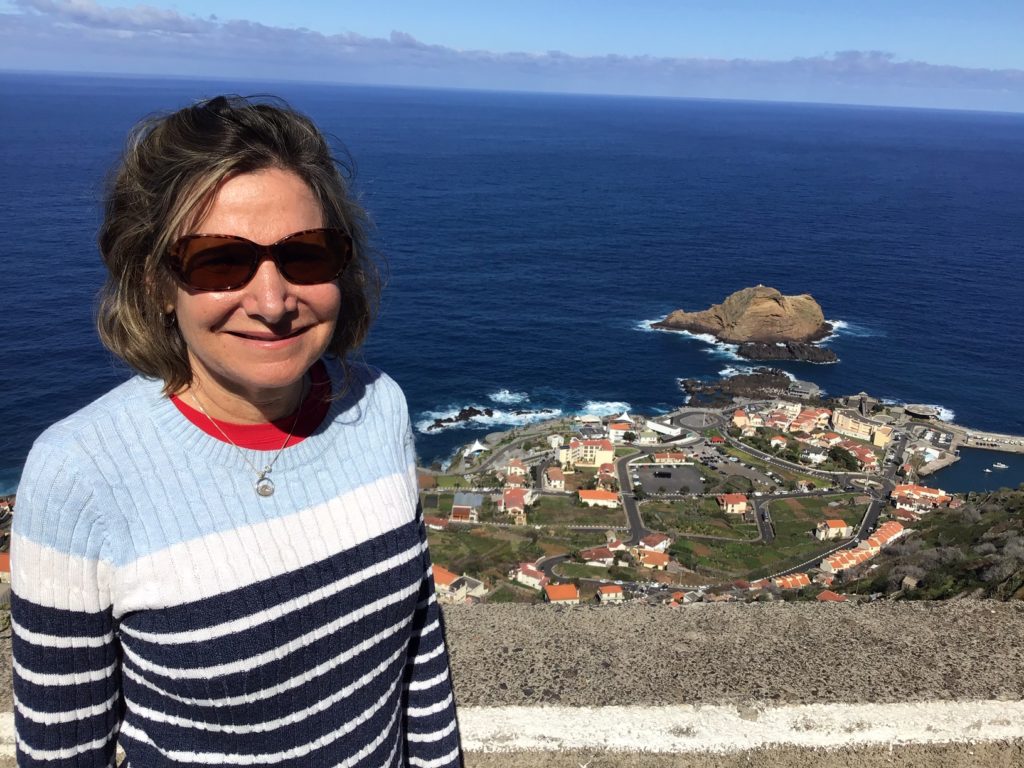
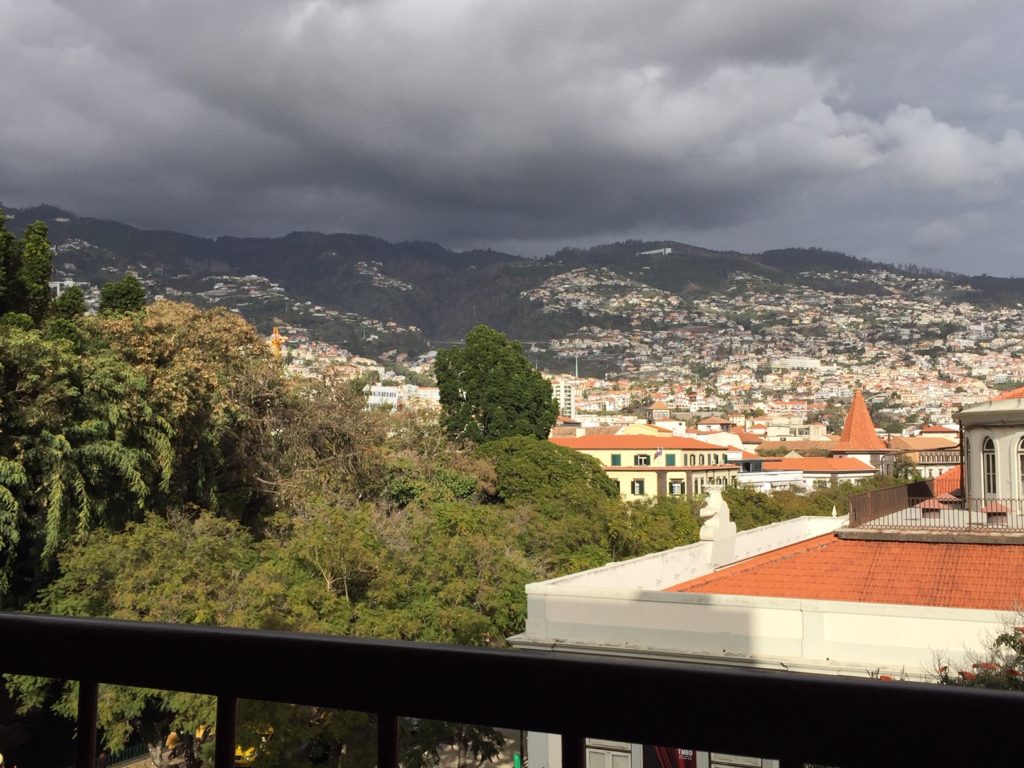
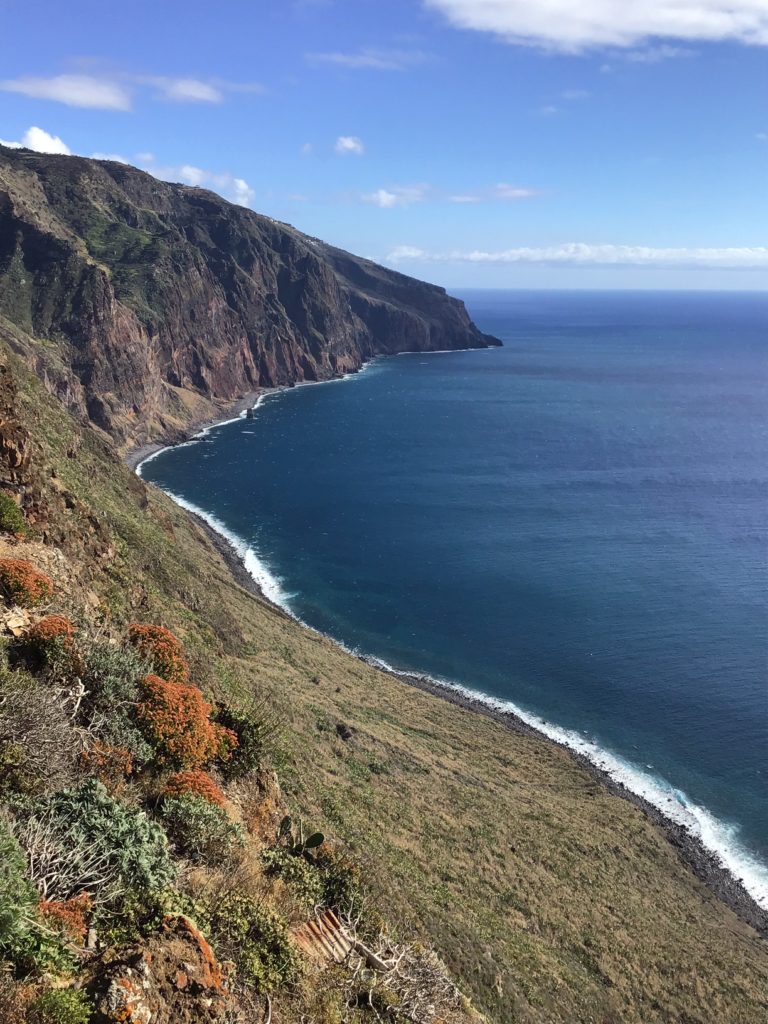
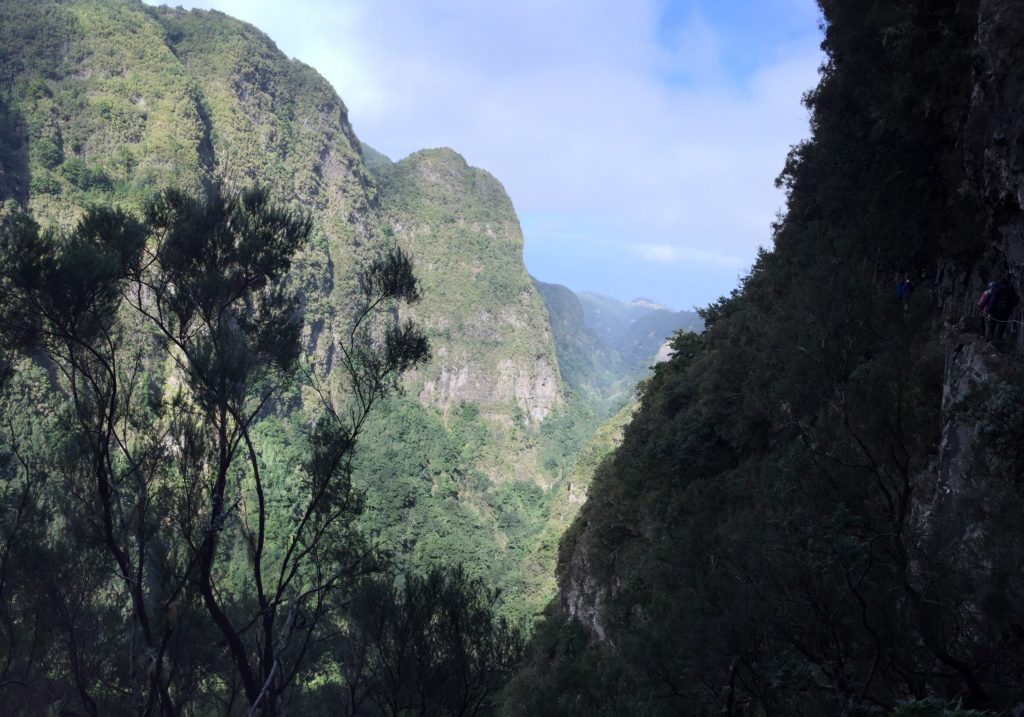
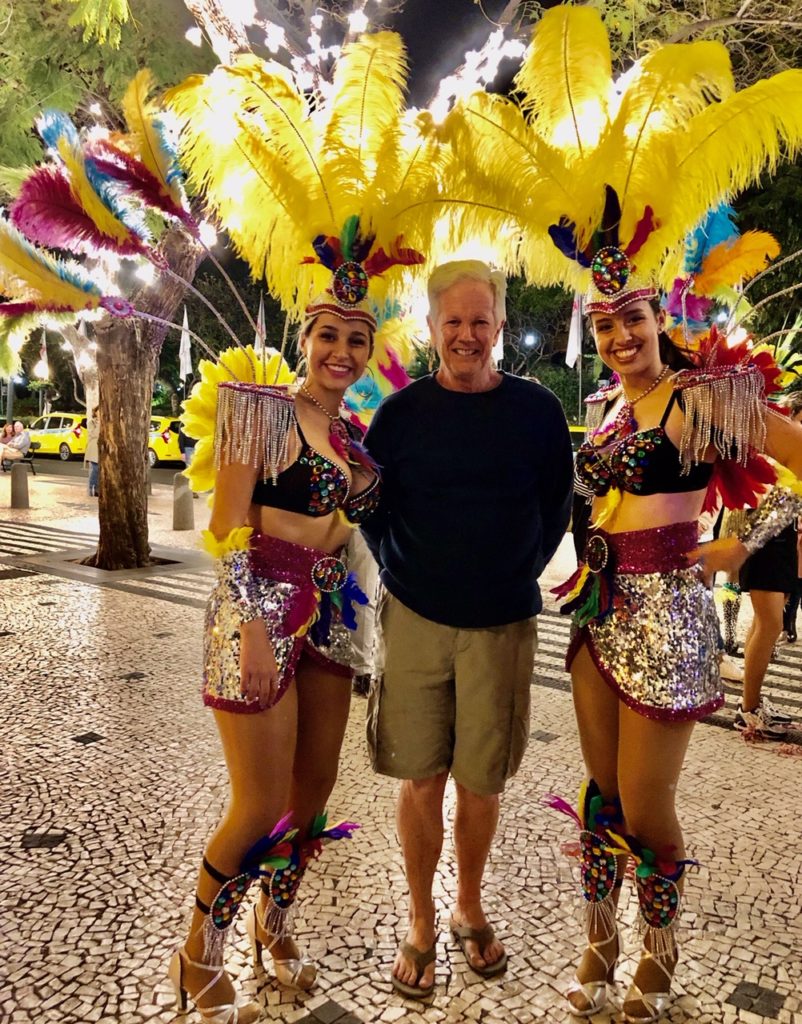
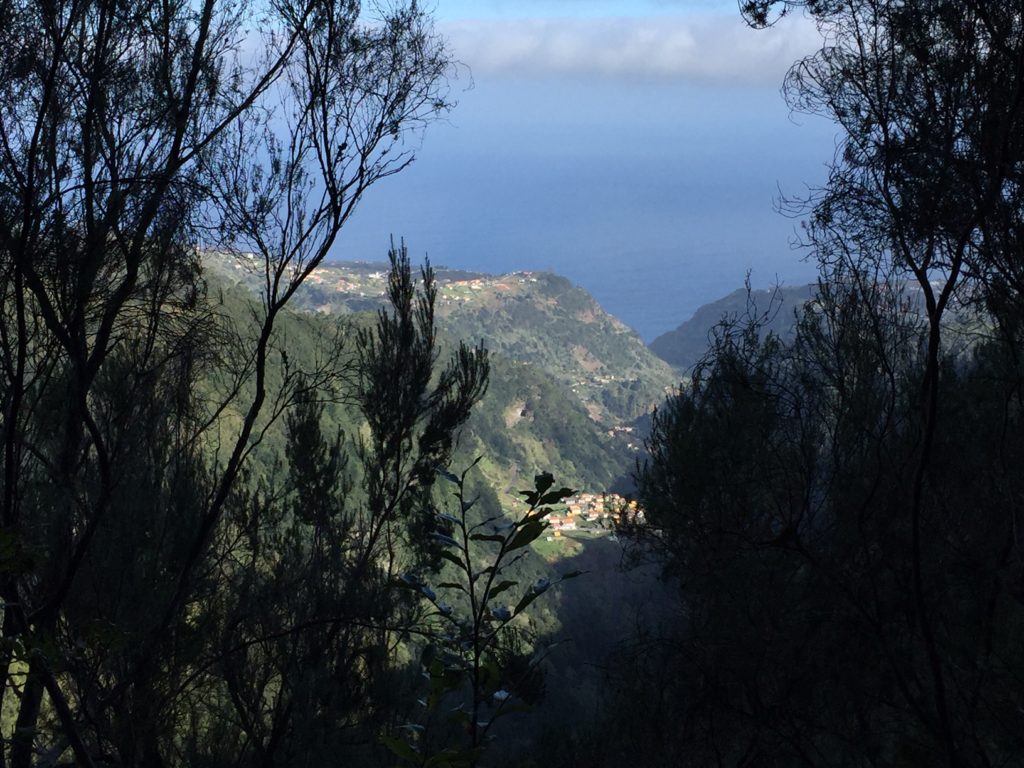
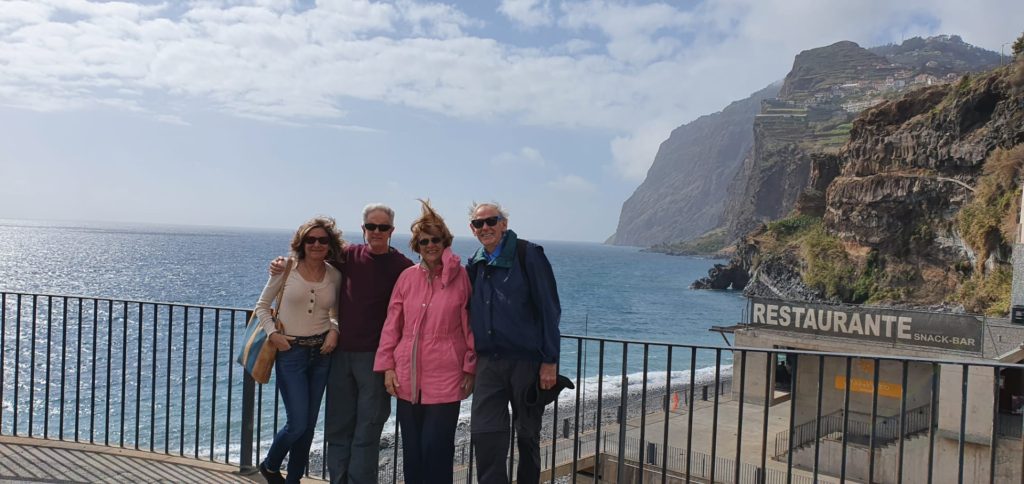
Did you enjoy this post? Why not leave a comment below and continue the conversation, or subscribe to my feed and get articles like this delivered automatically to your feed reader.


Comments
No comments yet.
Sorry, the comment form is closed at this time.